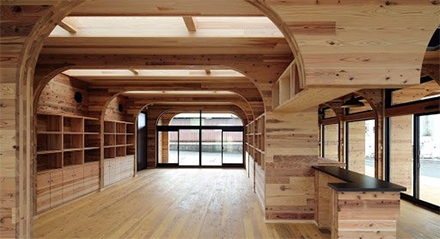Some might say Australia’s appreciation of the benefits of engineered wood is still in its infancy.
As recently as 2015 there were only two CLT buildings, in Melbourne, using panels shipped from Europe where engineered wood has had a strong following for quite some time.
But the benefits of Cross Laminated Timber (CLT) and Glue Laminated Timber (Glulam) is being broadcast widely, and it’s use in big structures is growing.
International House Sydney at Barangaroo set the pace early with extensive use of CLT and Glulam and has gone on to win a number of major national and international awards.
Use of engineered wood has slowly increased with Hyne’s Xlam managing supply of product to a number of major projects and was boosted in 2020 with the commissioning of a new $23 million Glue Laminated Timber Plant in Maryborough.
Now, the use of, and demand for, engineered wood in Australia has been given a major shot in the arm.
The announcement by the Clean Energy Finance Corporation of a $300 million Timber Building Program designed to boost the greater use of low carbon engineered wood products in commercial and medium density housing has been described as a huge win for the building, construction and forest industries, consumers and the environment.
The program aims to increase the use of renewable timber construction in Australia, with the provision of tailored debt finance to eligible construction projects, including offices, retail, industrial, healthcare, education, residential, seniors living, hotels, and student accommodation.
The need for clean, green renewable building materials is clearly there, and the Federal Government through the Clean Energy Finance Corporation has responded to that need.
Xlam already has a strong presence in the marketplace, and Timberlink is about to arrive.
This week the first sod was officially turned at Timberlink’s NeXTimber manufacturing facility at Tarpeena in South Australia.
The Tarpeena facility – announced in December 2020 – will produce CLT and GLT products that will replace imports and support faster adoption of carbon positive renewable mass timber construction, replacing steel and concrete in mid and high-rise construction.
The fact the sod-turning exercise came just days after the Australian Government’s Clean Energy Finance announcement must be making Timberlink’s management smile from ear to ear.
With these developments, it would appear Australia’s appreciation of the benefits of engineered wood is rapidly growing up.







